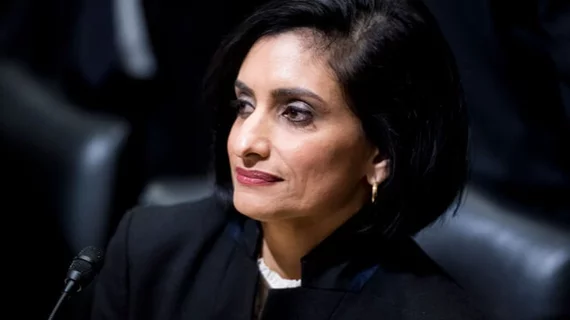CMS’ mandatory Radiation Oncology Model ‘goes too far,’ say provider groups pushing for delay
The Centers for Medicare and Medicaid Services’ mandatory Radiation Oncology Model “goes too far for an untested model,” and should be shelved for further reform, provider advocates said this week.
CMS on Friday finalized the long-discussed payment model, which would cover about 30% of RO episodes beginning Jan. 1. Groups including the American Society for Radiation Oncology (ASTRO) were quick to condemn the final rule. Moving to value-based method of paying for care is a “longstanding goal of ASTRO,” however, the final rule “fails to address many of the radiation oncology community’s key concerns.”
“Requiring practices to participate and then forcing them to start the model on January 1, 2021, is untenable for practices already enduring staff shortages and other challenges due to the COVID-19 pandemic,” the society said Friday, Sept. 18. “ASTRO strongly urges CMS to significantly delay the start date rather than foster unnecessary chaos and burden for the practices this model is designed to support,” it added later.
The American College of Radiology said Monday that it “strongly supports” ASTRO’s call for a delay. Both groups had previously urged CMS to grant physicians at least half a year to prepare following the final rule’s release. But providers are left with just three and a half months, and the 30% of eligible episodes—while an improvement from the 40% previously proposed—still “goes too far” for such an unproven model, they wrote.
For its part, CMS said the new model will help to create more predictable payments, incentivize cost-effective treatments, and save $230 million over the next five years. Administrator Seema Verma said radiotherapy payment should be tied to results, rather than the number of treatments and where they were delivered.
“That’s why the Trump administration has developed a new innovative model that allows patients and providers to focus on better outcomes for patients,” she said in a statement.
The RO model will provide bundled payments during a 90-day episode of care to radiotherapy providers treating one of 16 different cancer types. It will require participation from physicians in randomly selected geographic areas that contain about 30% of all eligible Medicare fee-for-service radiotherapy episodes nationally.
You can read more on the final rule in this fact sheet from CMS here.

